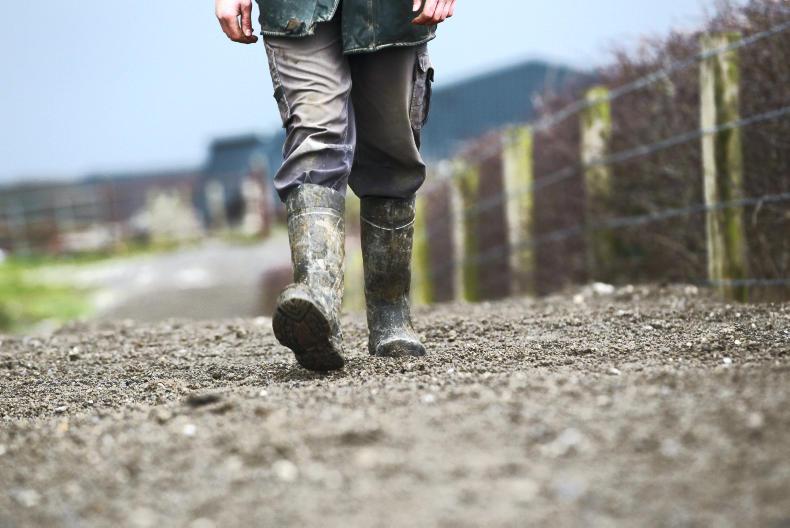The study was conducted by researchers at Trinity College Dublin and surveyed 5,985 from a range of backgrounds to examine relationships between changes in occupation during their lifetimes and physical functionality later in life.
The study, published in the Journals of Gerontology, found that respondents from farming backgrounds walked 0.04m/s faster compared with other occupational groups.
This was found to apply for survey participants regardless of changes in social standing or occupation later in life. The study’s authors suggest that this points to factors early in life.
The authors point to historic evidence from the Irish National Nutrition Survey in the late 1940s, which indicates that children from farming backgrounds had higher intakes of potatoes, milk and eggs.
Other studies have also reported that childhood milk consumption was associated with faster walking speed in later life.
Nutrition
“It is not inconceivable therefore that better nutritional intake among the children of farmers would translate into a performance advantage on functional measures more than 50 years later,” the study states.
Walking speed was measured in the study on a computerised walkway with electronic sensors.
Another measure of physical functionality examined in the study was grip strength, with farmers again found to have grip strengths that were between 0.86kg and 1.5kg higher on average compared with the other occupational groups.
The study does not look at the physical fitness required from people from farming backgrounds who continue farming during their lifetime.
How far and how fast do you walk during an average working day? Let us know or send screenshots from trackers such as Fitbit to 086-836 6465 on WhatsApp or email readerspics@farmersjournal.ie.
Read more
Maurice: The world is gone mad on fitness
HealthBytes - all the latest news from the world of health
The study was conducted by researchers at Trinity College Dublin and surveyed 5,985 from a range of backgrounds to examine relationships between changes in occupation during their lifetimes and physical functionality later in life.
The study, published in the Journals of Gerontology, found that respondents from farming backgrounds walked 0.04m/s faster compared with other occupational groups.
This was found to apply for survey participants regardless of changes in social standing or occupation later in life. The study’s authors suggest that this points to factors early in life.
The authors point to historic evidence from the Irish National Nutrition Survey in the late 1940s, which indicates that children from farming backgrounds had higher intakes of potatoes, milk and eggs.
Other studies have also reported that childhood milk consumption was associated with faster walking speed in later life.
Nutrition
“It is not inconceivable therefore that better nutritional intake among the children of farmers would translate into a performance advantage on functional measures more than 50 years later,” the study states.
Walking speed was measured in the study on a computerised walkway with electronic sensors.
Another measure of physical functionality examined in the study was grip strength, with farmers again found to have grip strengths that were between 0.86kg and 1.5kg higher on average compared with the other occupational groups.
The study does not look at the physical fitness required from people from farming backgrounds who continue farming during their lifetime.
How far and how fast do you walk during an average working day? Let us know or send screenshots from trackers such as Fitbit to 086-836 6465 on WhatsApp or email readerspics@farmersjournal.ie.
Read more
Maurice: The world is gone mad on fitness
HealthBytes - all the latest news from the world of health





SHARING OPTIONS